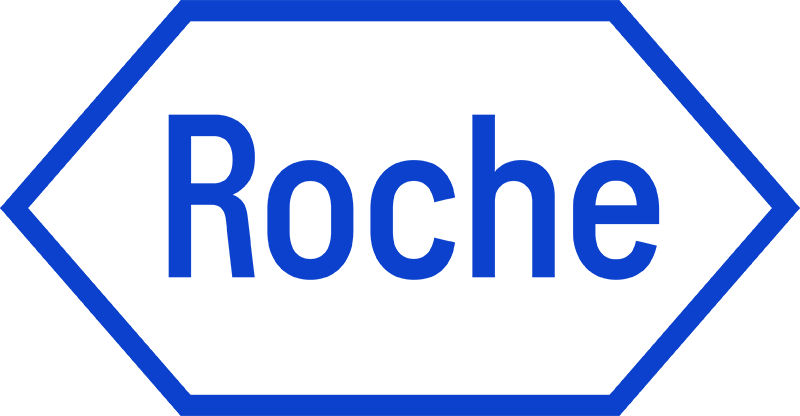At the European Society of Cardiology - Heart Failure association congress 2023, Prof. Alexandre Mebazaa (Université Paris Cité, Paris, France) summarised safety, tolerability and efficacy data from the STRONG-HF trial in the “Innovative biomarker enabled strategy for rapid GDMT optimization - From STRONG evidence to practice” session. The STRONG-HF trial evaluated the rapid up-titration of GDMTs with close follow-up for patients hospitalised with acute HF. Heart failure is one of the most prevalent cardiovascular diseases1 and represents a significant healthcare burden,2,3 with approximately 64 million people living with the condition worldwide in 2017.8 Patients with acute HF admitted to hospital are frequently readmitted within 6 months after their initial discharge.9 In the current clinical HF guidelines, 5,6 there is a lack of sufficient follow-up care recommendations for patients with acute HF, which is underlined by studies showing a lack of optimal therapy dosing in this patient population after hospital discharge.10 Mortality rates for patients with HF are very high, especially after hospitalisation for an acute HF event,4 and comparable to or even higher than the most common cancer types.11 Additionally, the diagnosis of HF is often delayed,12 thereby delaying the initiation of HF therapy as well as increasing the risk of rehospitalisation or patient mortality.10,13 As a result, Prof. Mebazaa recommends that patients with acute HF should be treated more aggressively to prevent disease deterioration. In line with this advice, a recent scientific statement from the Heart Failure Association of the European Society of Cardiology on pre-discharge and early post-discharge management of acute HF recommends that all four fundamental HF GDMTs (beta-blockers [BB], angiotensin-converting enzyme inhibitors [ACEi]/angiotensin receptor–neprilysin inhibitors [ARNI]/ angiotensin receptor blockers [ARB], mineralocorticoid receptor antagonists [MRA,] and sodium–glucose cotransporter 2 inhibitors [SGLT2i]) should be initiated and titrated to target doses as early as possible in patients hospitalised for HF.14
Concept and design of STRONG-HF
STRONG-HF was a multinational, open-label, randomised, prospective clinical trial that included adult patients who were hospitalised with acute HF.7 The study included patients with any left ventricular ejection fraction, and all subjects had elevated N-terminal pro-B-type natriuretic peptide (NT-proBNP) plasma concentrations prior to hospital discharge. Patients were randomised to receive either usual care or high intensity care (HIC). Prior to discharge from hospital, patients in the HIC arm received half the optimal doses of the three drug classes of HF GDMT (combination of ACEi/ARNI/ARB, BB and MRA). After one week of treatment, patients in the HIC arm attended a safety assessment visit. A second follow-up safety assessment took place at Week 2 and those patients who responded well to treatment in the HIC group with no safety concerns had their three GDMTs up-titrated to the full optimal doses. Subsequent safety assessments were performed at Weeks 3 and 6 in the HIC arm. Patients in both treatment arms attended a 90-day follow-up visit and received a follow-up call at 180 days, which was used to evaluate the primary outcome of the study: 180-day HF readmission or all-cause mortality.
During the STRONG-HF study, plasma NT-proBNP levels were used as a marker of safety and for detection of worsening congestion. Prof. Mebazaa explained that when patients were clinically stable, NT-proBNP concentrations remain low, whereas worsening clinical congestion was associated with increases in NT-proBNP levels.15 Per the STRONG-HF study protocol, an increase in NT-proBNP values following the initiation of GDMT required a one week delay in GDMT up-titration. In cases where this occurred, the diuretic dose was increased and patients remained on the half optimal dose of GDMT until their congestion had resolved; thereafter, GDMT was up-titrated to the full optimal dose one week later and the diuretic dose was decreased.
Results of the STRONG-HF trial
In the HIC arm, approximately 50% of the patients were able to receive the full optimal dose of ACEi/ARB/ARN, BB and MRA after 180 days of follow-up, while over 80% of patients received the full optimal dose of MRA. Furthermore, over 80% of patients in the HIC arm received at least half the optimal dose of all three GDMT drug classes by Day 180. In the usual care arm, just over 30% of patients received at least half optimal doses of ACEi/ARB/ARNI and BB by Day 180, while over 90% received at least half the optimal dose of MRA. Patients in the HIC arm had greater improvements in haemodynamic parameters, with significantly greater reductions in heart rate, potassium and systolic blood pressure, compared with the usual care arm. Signs and symptoms of HF congestion also improved with HIC, with greater reductions in body weight, respiratory rate, grade of peripheral oedema, and New York Heart Association class, than in the usual care group. Analysis of the primary endpoint found a significantly lower risk of all-cause death or HF readmission at 180 days in the HIC arm versus the usual care arm. Quality of life was also better in the HIC arm, with greater improvements in EQ-5D visual analogue score. Analysis of safety showed a slightly higher number of treatment-emergent adverse events (TEAEs) in the HIC arm, compared with the usual care arm; however, there was no difference in the number of serious TEAEs between the treatment arms, indicating rapid up-titration of GDMT was safe.
Importance of the STRONG-HF study findings
Current data from registry studies and additional real word studies show that patients hospitalised with acute HF often do not receive all GDMTs at the full optimal dose after discharge.10, 16-18 The STRONG-HF randomised, controlled, implementation trial showed that patients with acute HF can be safely uptitrated to the full optimal dose of GDMTs within weeks after hospital discharge using frequent follow-up visits and the use of clinical and laboratory assessments to ensure patient safety and well-being.7 Moving forward, implementation of such a therapeutic strategy into routine clinical practice is essential to reduce risk of re-hospitalisation and death of patients with acute HF.
